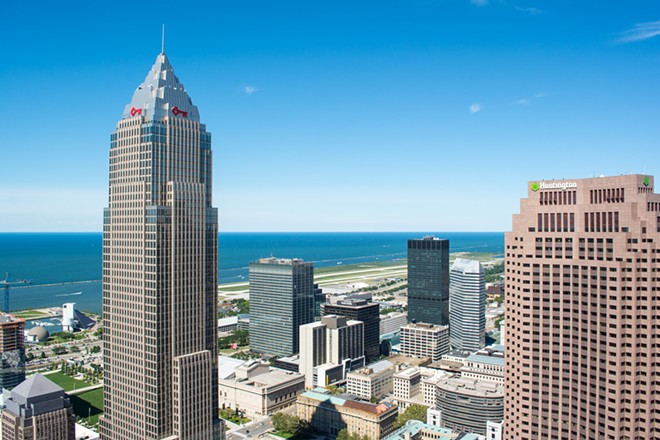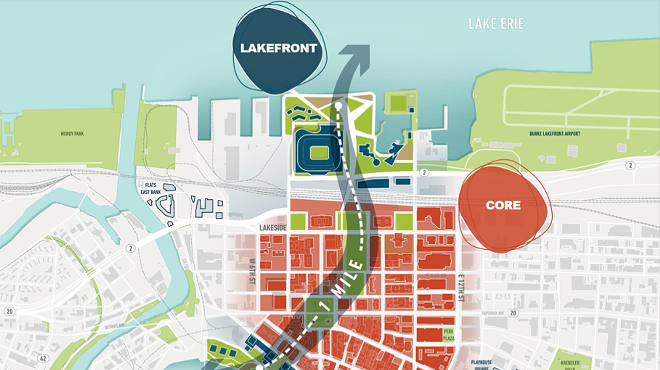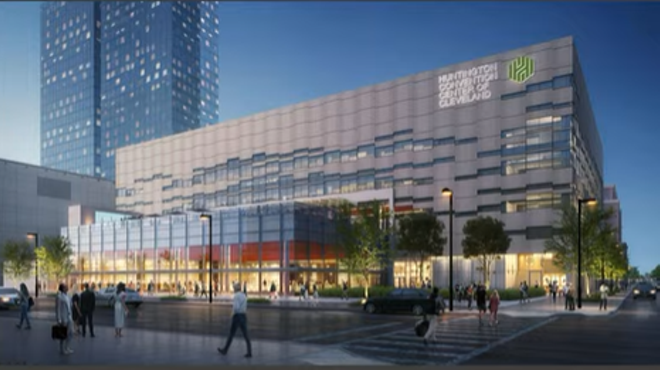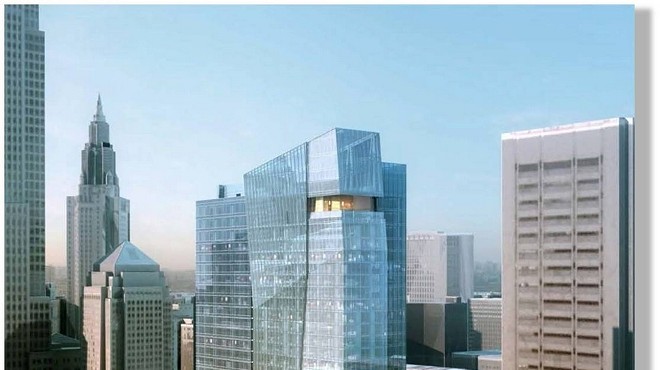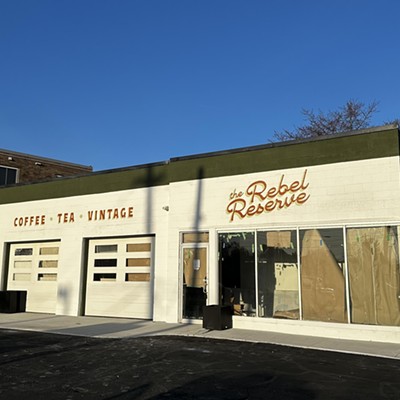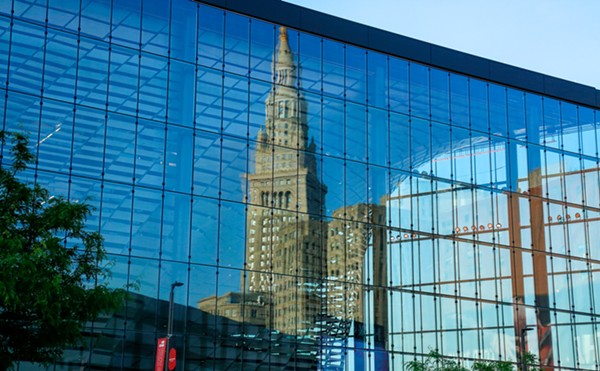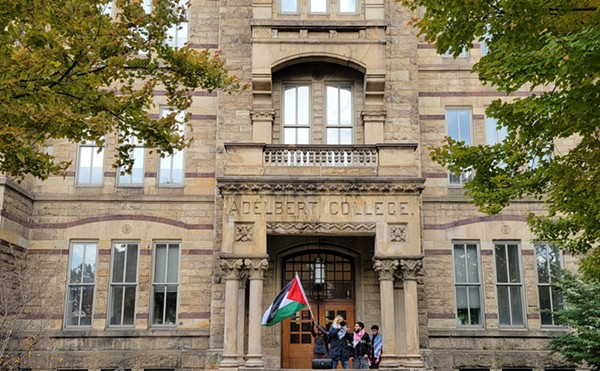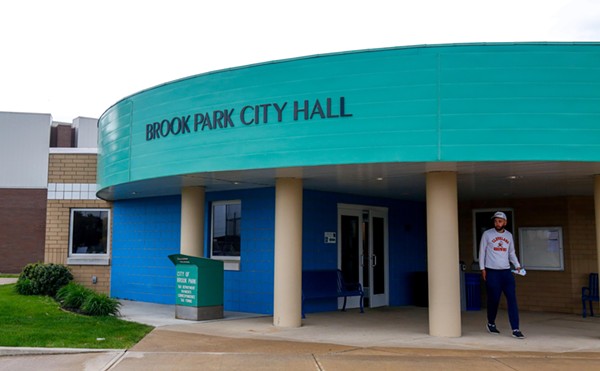I’ve been reporting on Cleveland since 1965 – almost 60 years. And I have always found it more than adequate to look at the numbers.
They tell a truer story than press releases about how the city spending public money.
Looking back, Cleveland has been in at least three time periods that require consideration as Mayor Justin Bibb, Cuyahoga County Executive Chris Roynane and the city and county councils want to take us into another one by spending scarce public dollars to spur, supposedly, needed private development.
It is a tale of two cities.
One for developers, the other ordinary citizens.
Cleveland is continually at the bottom of cities dealing with dire poverty. Only Detroit is below. The latest data shows a poverty rate of 29.3% for Cleveland, according to the Center of Community Solutions.
More disturbing figures are those for Cleveland's youth – 30.2% of children below five years of age live in poverty. For those under 18 years of age, 45.5%.
In other words, our future. Dismal.
But the spending of city resources doesn’t show concern here.
Mayor Bibb and County Executive Roynane are pushing a new publicly-funded downtown program involving lakefront and riverfront development. The plan is to divert some property taxes via a TIF (tax incremental financing) for 30 years to pay for a venture they deem (promotionally) as a downtown redevelopment. But it is short on detail.
It has the scent of past development projects that carry high public costs.
Let me take you through the mirage of our past solutions. It goes back to the early 1990s.
That’s when the Powers That Be (mostly private interests, foundations, and tag-along office holders) decided to build new sports facilities. They actually asked the public to vote on a so-called sin tax. City residents mostly said No, but suburban voters mostly said Yes and with a large enough margin to pass the tax.
The cost: Here’s what reporter Michael Roberts wrote in Cleveland Magazine in April 2014, when voters were faced with extending the tax another 20 years to 2034:
“Now, the community is asked to extend the sin tax to raise another $260 million for repairs and upgrades of the stadiums and arena — on top of the $350 million the tax already raised to build them.”
The latest figures from the County show the “sin tax” brought in slightly more than $10 million in 2023. It was below normal. In the nine years of the second sin tax round, the county reports $118.8 million paid by Cuyahoga residents for the sports tax.
The city also financed two money-losing Gateway garages at $42 million. The team owners were given free parking space on game days at city expense.
The Regional Transit Authority (RTA) built, at its cost, a $13 million walkway from Tower City to Gateway.
Nothing was too much for public subsidization of the teams.
Mayor Michael White and Council agreed that any baseball game with attendance more than 35,000 required 50 police officers in attendance. At large arena crowds, 41 police officers would be provided by the city.
In addition, overruns on the original Gund Arena in the early 1990s were publicly paid by county bonds. Cuyahoga County made the last payment in January 2023. The total was more than $100 million. The county paid from its general fund and some Cleveland city admission tax revenue.
But the 1990s were just beginning to reveal the largesse of the city and county.
City leaders used tax abatements and UDAGs, a federal subsidy program cities enjoyed relative to their high poverty.
Cleveland bestowed Tower City’s Terminal Tower with a UDAG of $14.7 million and its old post office building with $9.2 million. The adjacent Ritz hotel got a $7.9 million UDAG and a 15-year tax abatement worth $34.5 million.
Across Public Square, Dick Jacobs’ development at Key Center received UDAGs of $10 million; the Marriott Hotel, $7,729,398 and $250,000 for a parking garage built adjacent, under Mall C, on city property. The office building and hotel got a tax abatement of $120 million. The UDAGs required no interest and were not payable for 20 years.
The Halle Building redo got a $7 million UDAG, a state industrial loan of $10-million and a historic designation gift of $5 million.
Nearby Playhouse Square got a $750,00 UDAG for the Ohio Theater and a $5.5 million UDAG for its parking lot.
In the same area, the Wyndham hotel, a Playhouse Square development, got a $13 million tax abatement, an added TIF worth $3.1 million and a city community block grant of $4 million.
The subsidies flowed. The UDAGs typically were loans not payable until the end of 20 years.
Essentially, free money.
It didn’t end there.
The Arcade, a classic 1880 historic building and Hyatt hotel within - across from the E. 4th St. TIF district – was bestowed with a smorgasbord of subsidies:
- $1 million in a low-interest economic development grant from the city.
- A $7-million TIF credit.
- A $7.l5 million federal historic tax credit.
- $9,686,600 in tax benefits from Conservation Easement.
- $1.5 million low interest loans from the Gund and Cleveland foundations.
- $300,000 grants from the same foundations.
We didn’t mention the Rock and Roll Hall of Fame, located on free city land. Its financing is supported by a TIF of Tower City properties, a 1.5% county bed tax, a $5 million county gift and an $8-million state of Ohio grant. The city allowed its admission taxes to be kept by the Rock Hall, an added bonus.
To originally support the Rock Hall, the Regional Transit Authority, pushed by elite leaders, built a Waterfront Line with its funds. It was done too quickly to enjoy an 80 percent federal subsidy. It cost RTA the full bill, and is largely unutilized today.
But government largesse didn’t stop there.
As the 2000s arrived, the push again came to center on downtown, this time for a new convention center.
I remember meetings that seemed to go nowhere.
But a plan began to percolate.
The shiny object this time was the idea of a medical mart.
The plan cost some $465 million, not counting interest on bonds floated by the county.
It became the Huntington Convention Center, built on city land.
Pushed by County Commissioner Tim Hagan, the three commissioners passed a 25-cent hike in the sales tax, pushing it to 8 percent, highest in the state. They did it without a public vote.
The convention center got built. So did the Med Mart, which turned out to be a mess.
Cuyahoga County hired MMPI of Chicago to manage the Med Mart.
It turned out to be a costly error.
MMPI was being paid $333,333 a month. It totaled some $10 million over 30 months, county records show. Other payments, as developer and operational expenses, came to another $32 million, including a $3 million final payment.
Convention and county officials found the mart was inoperable. It had to be remade.
It became the Global Center, now a part of the convention center, at a cost of $40 million more, voted by Cuyahoga Council.
And that's not even factoring in the county's subsidization of the Hilton hotel.
Cleveland is not just Downtown.
Cleveland will never flirt with a city population of 1 million.
To seek a downtown for the past dynamic of a million residents, as seems the plan, is absurd.
Subscribe to Cleveland Scene newsletters.
Follow us: Apple News | Google News | NewsBreak | Reddit | Instagram | Facebook | Twitter | Or sign up for our RSS Feed

